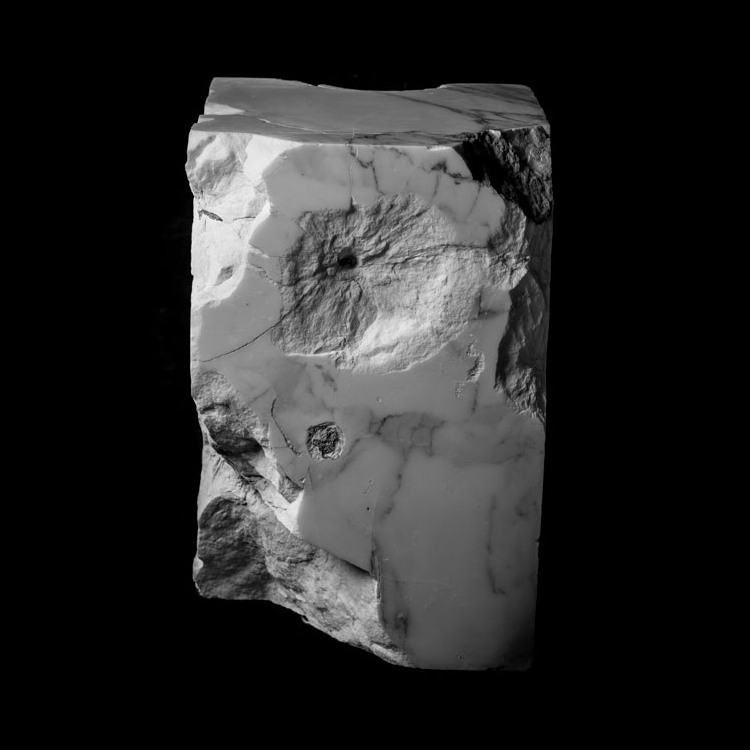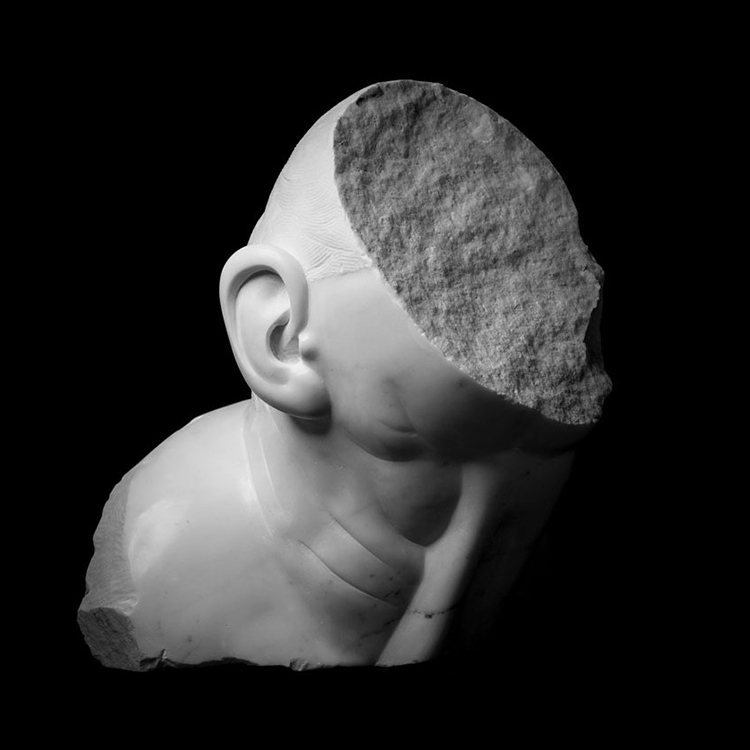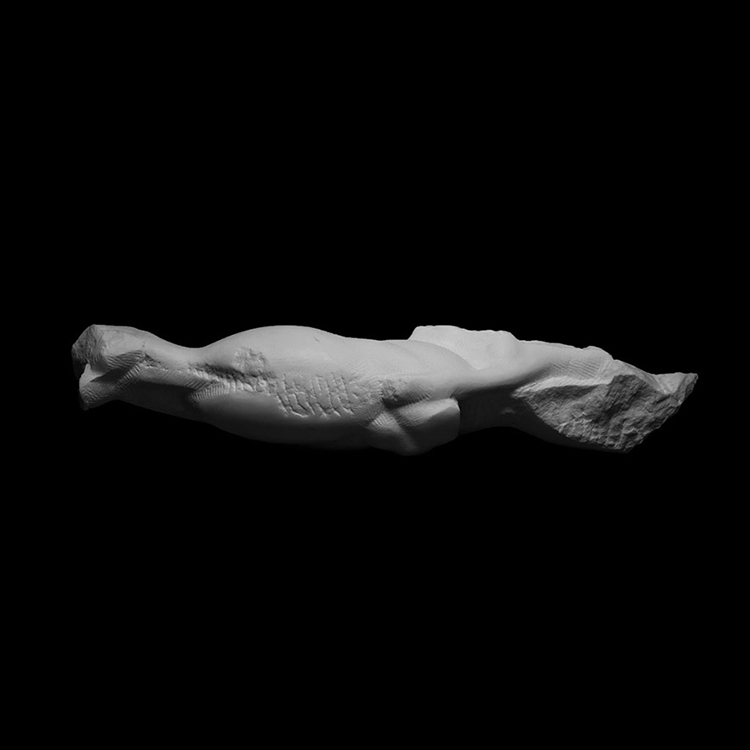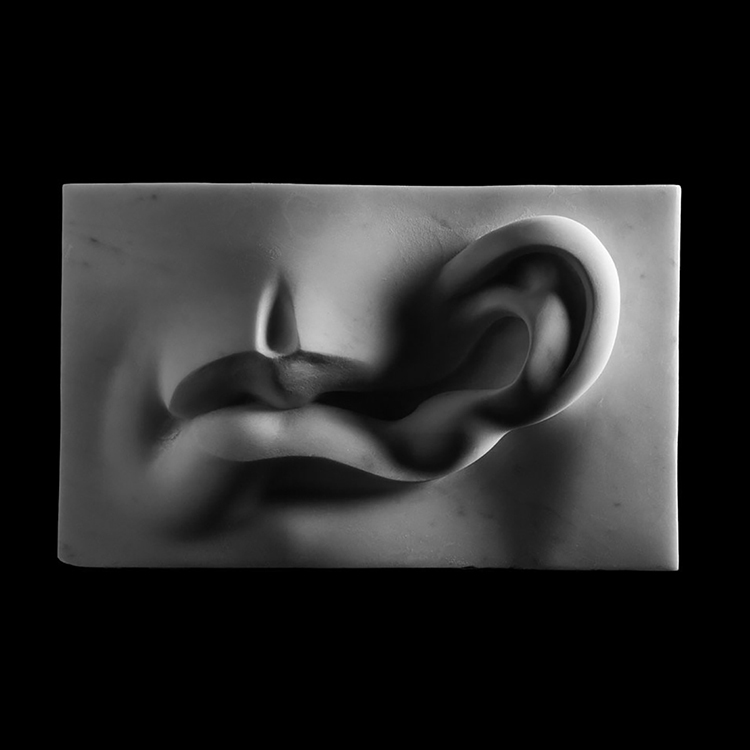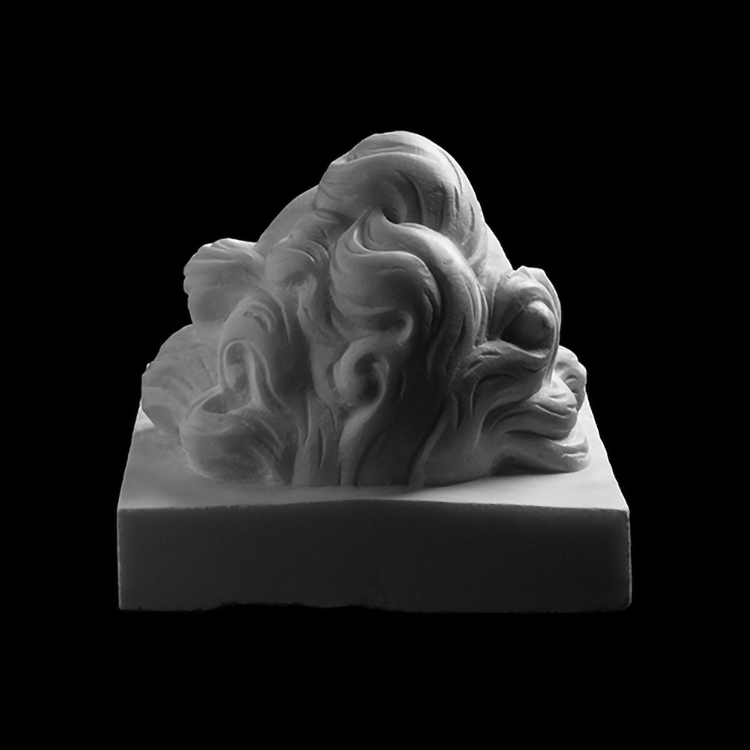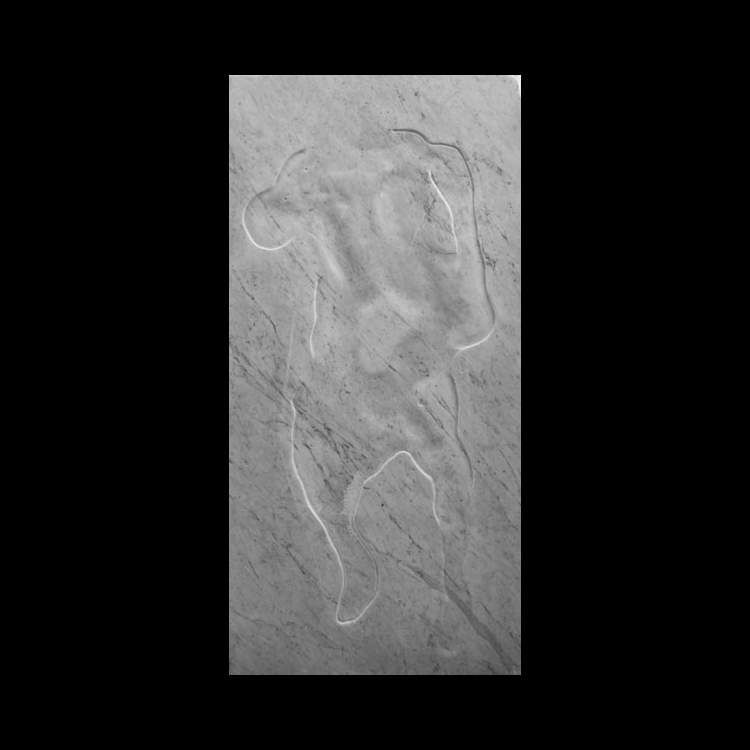Per Forza di Levare
Michelangelo stated that sculpture is “that which is done by means of removal”.
A critical reader could pose two questions concerning this cryptic statement: removal of what? And by which means?
From the cultural and artistic context within which Michelangelo was speaking, he obviously referred to the removal of stone with the aid of a hammer and a chisel.
Art and its practice have since become more complex and ambiguous. Ben Vautier opened Pandora’s box when he rhetorically asked: “Si tout est sculpture pourquoi faire de la sculpture?”.
One can therefore question Michelangelo’s declaration, and consider the various possibilities implied by it.
A ‘purist’ reading of the statement stresses that it doesn’t explicitly define “what” is removed and “how” the removal is done. This ambiguity allows the exploration of possibilities of a different “sculptural” method, and questions whether the result might still be considered sculpture.
A ‘fundamentalist’ interpretation of Michelangelo’s statement claims that any act involving the “removal” of something should be seen as a sculptural act, and the resulting object – a sculpture.
Following this line of thought, could the removal of food from a plate by means of eating be considered a sculptural act, and the resulting empty plate a sculpture? How about removing of petals from a flower, or picking fruit off a tree? Less innocently, could one remove a toy from a child’s hand, justifying the action as a sculptural gesture? What would be the sculpture then?
Externalizing the ethics that characterize fundamentalist hermeneutics would result in actions that would quickly degenerate into immoral, or even criminal, actions.
Is the surgeon who is removing bodily tissue, or a limb, performing a sculptural act? What about a torturer carrying out the exact same action, but with opposite intentions?
Can one justify the removal (i.e. appropriation) of a piece of land as a sculptural act? Or perhaps the removal of civil rights, or even identity?
If taken literally, Michelangelo’s quote remains valid.




